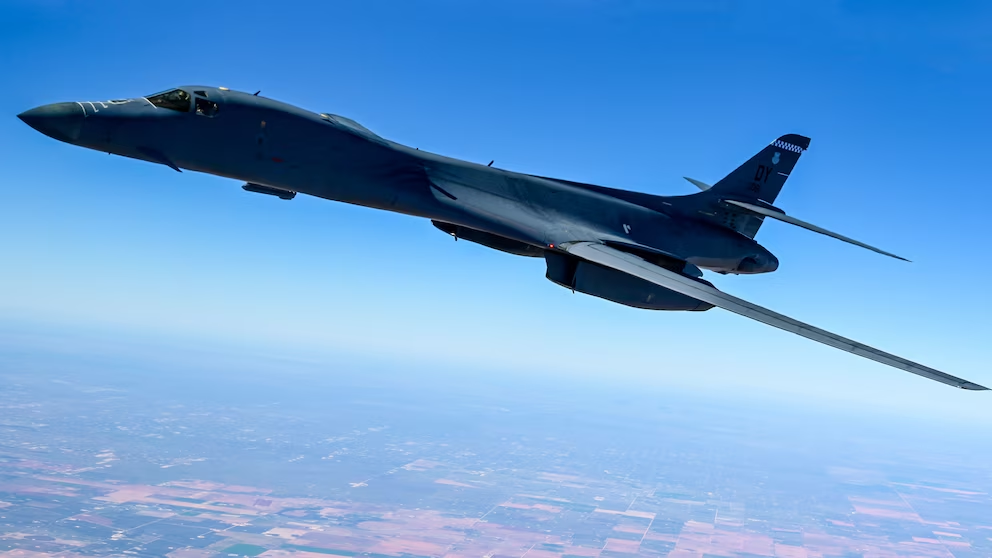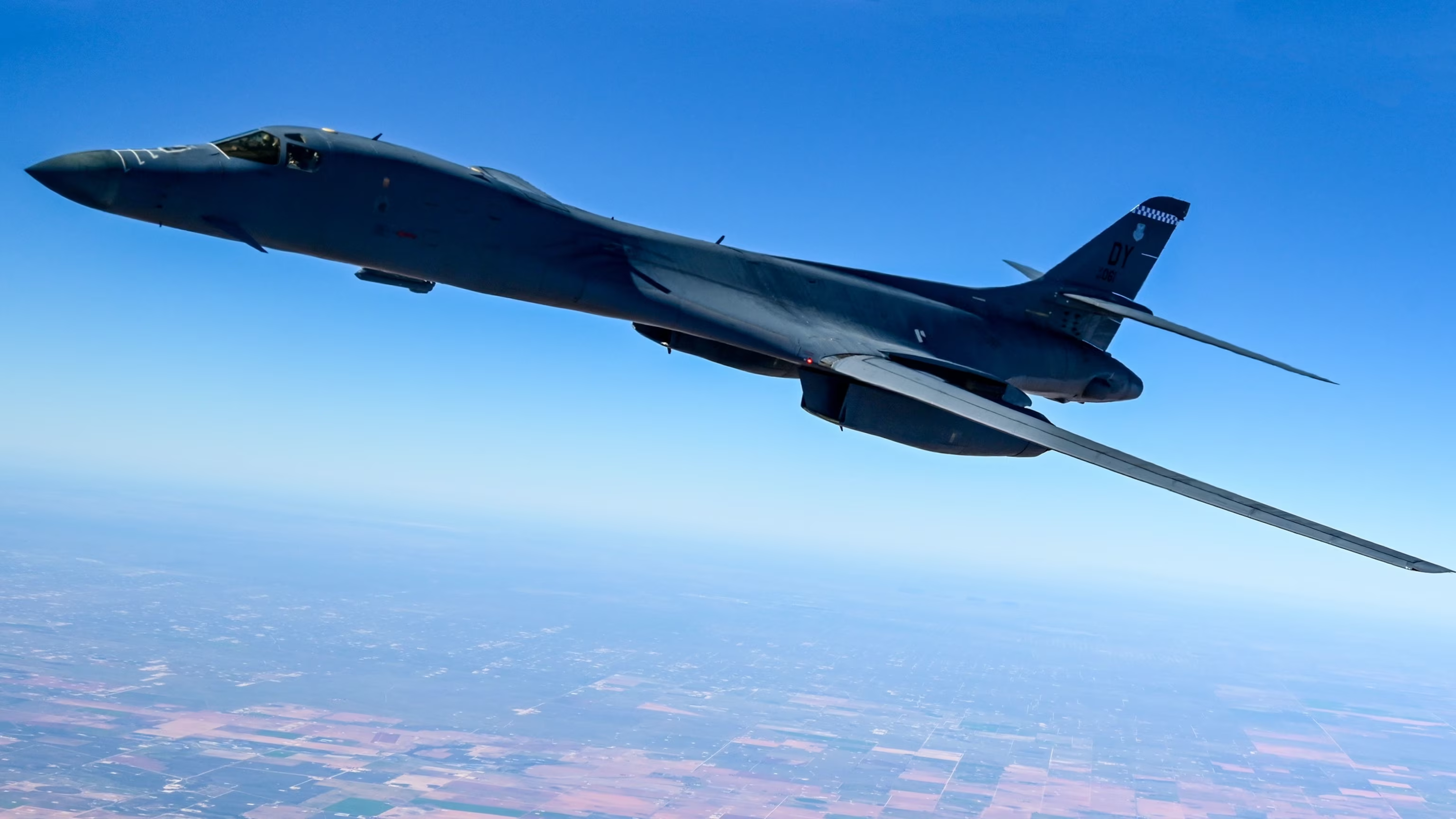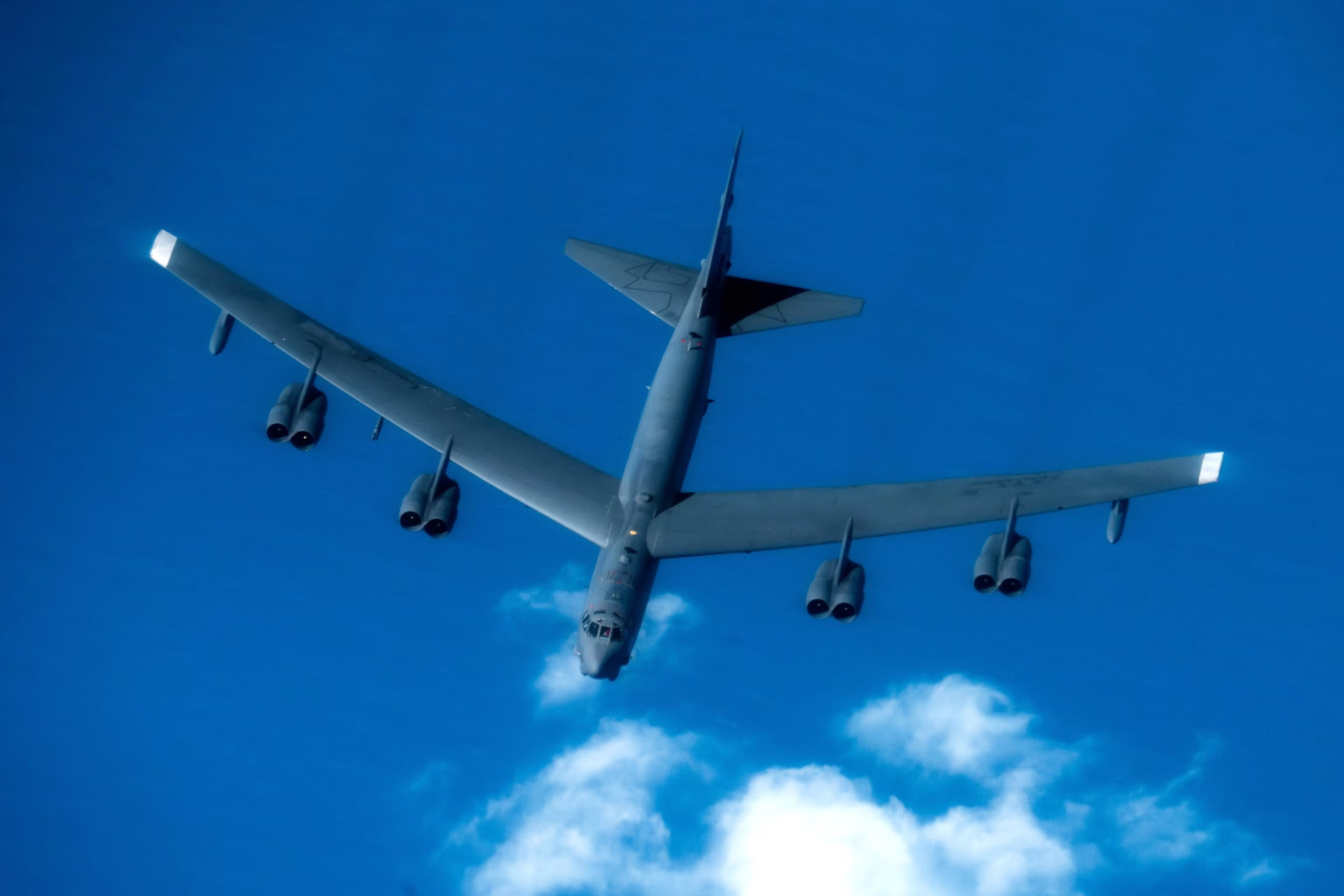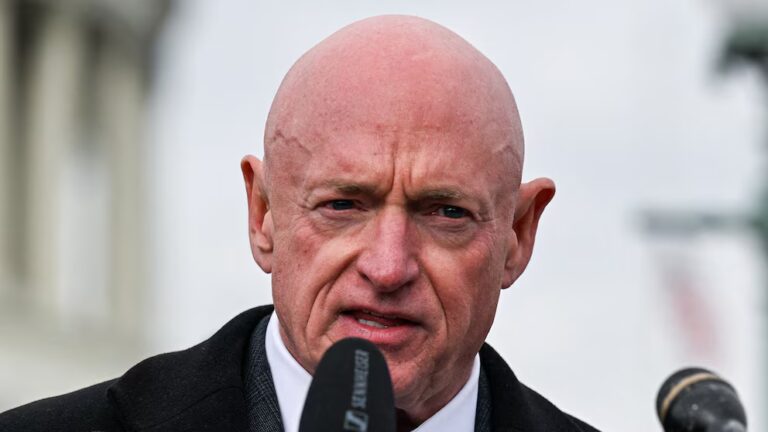
2:01A B-1 Lancer belonging to the 28th Bomb Squadron, based at Dyess Air Force Base in Texas, is refueled while flying over north Texas on October 21, 2022.1st Lt. Mary Begy/USAF
On Thursday, a pair of U.S. Air Force B-1B bombers executed a training exercise above the Caribbean Sea, marking the second occasion within a week that U.S. long-range bombers have traversed the area, according to information from two sources with knowledge of the matter.
As per the sources, the two American bombers departed from Dyess Air Force Base in Texas and proceeded to the Caribbean, where they performed extensive aerial maneuvers within international airspace.
The bombers’ departures from their home base were also noticed by aviation enthusiasts, who utilized commercially accessible software to monitor the aircraft, which initially had their transponders activated.

A B-1 Lancer belonging to the 28th Bomb Squadron, based at Dyess Air Force Base in Texas, is refueled while flying over north Texas on October 21, 2022.1st Lt. Mary Begy/USAF
One source described Thursday’s flights as another demonstration of power, similar to the previous week’s exercise in which three B-52 bombers flew from their station in Louisiana, carrying out operations approximately 90 miles north of Venezuela.
The U.S. Air Force officially designated that previous mission as a training exercise.
Later on Thursday, during an event at the White House, when questioned by a reporter about whether the U.S. had deployed B-1 bombers “near Venezuela” to increase military leverage in the region, President Donald Trump stated, “That’s not true. No, it’s incorrect.”

In a post on their X account, the U.S. Southern Command verified it flew B-52 bombers off the coast of Venezuela, calling it a “demonstration mission, Oct. 15, 2025.@AFSOUTH/X
The back-to-back bomber missions emphasize the escalating U.S. military presence in the Caribbean, where the Trump administration has asserted it is engaged in an “armed conflict” with drug cartels.
Currently, there are 10,000 U.S. military individuals stationed in the Caribbean as part of these operations, which also include personnel on board eight U.S. Navy vessels, 10 F-35 stealth fighters deployed to Puerto Rico, and reconnaissance aircraft, including Reaper unmanned drones.
Since the beginning of September, when they first commenced, the U.S. military has conducted at least nine aerial attacks targeting high-speed drug smuggling vessels.
The majority of these aerial assaults occurred in the Caribbean, near Venezuela. However, starting on Tuesday, the U.S. military initiated aerial strikes on similar vessels operating in the eastern Pacific, to the west of Central America.
Five individuals, labeled as narcoterrorists by the Trump administration, were killed in two aerial attacks in the eastern Pacific, bringing the estimated death toll from the airstrikes in both the region and the Caribbean to at least 37.
Last week, two individuals survived an airstrike on a semi-submersible craft and were rescued by a U.S. Navy warship, subsequently being returned to their home nations of Colombia and Ecuador.
The Colombian government has indicated it intends to pursue legal proceedings against the individual repatriated to Colombia, while Ecuadorian prosecutors have stated they will not, citing insufficient evidence.
Sourse: abcnews.go.com






